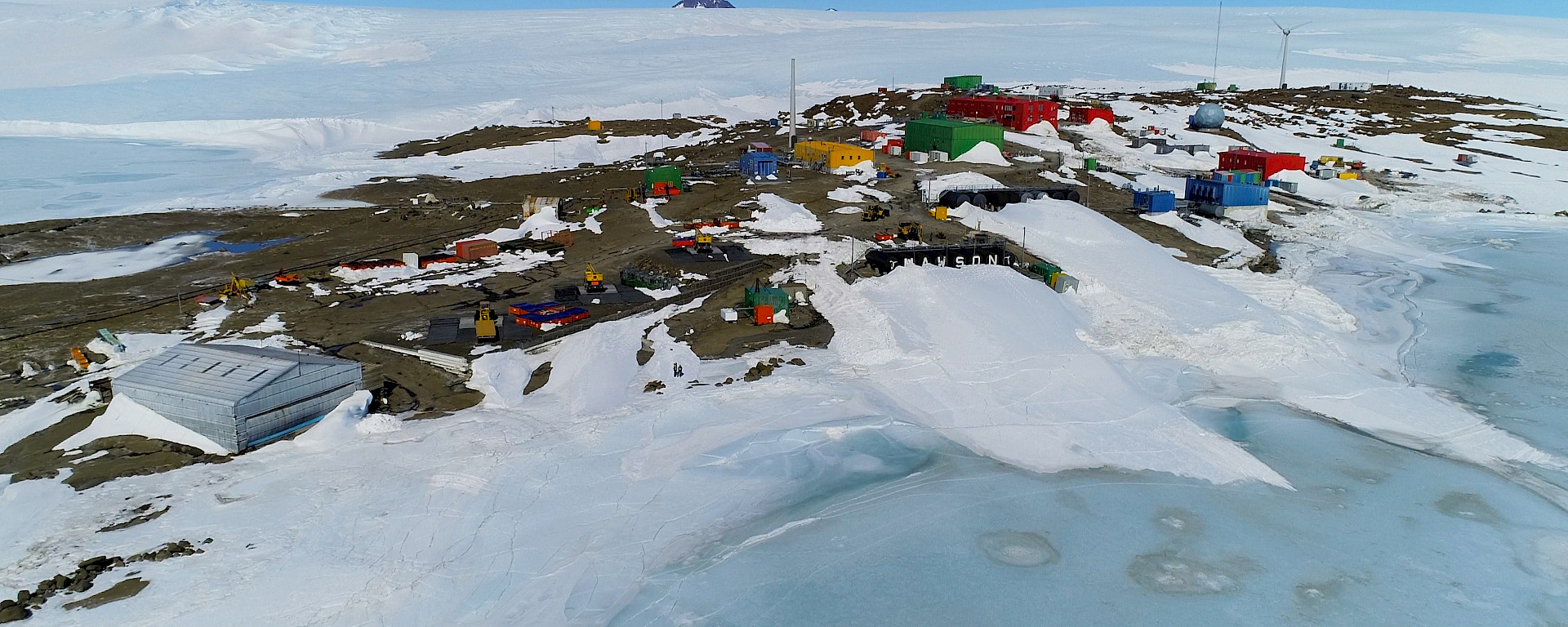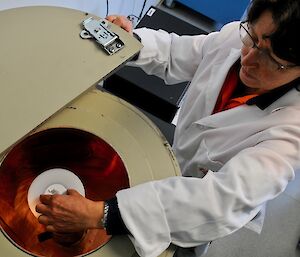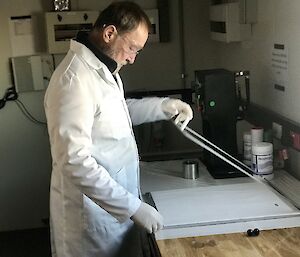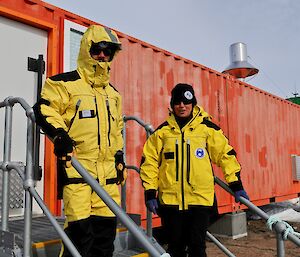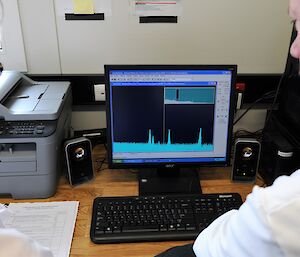An ordinary-looking shipping container at Australia’s Mawson research station plays an important role in the global network that polices a ban on nuclear testing.
Inside is a high-volume air sampler, one of 80 world-wide, running every day since 2013 to ‘sniff’ the wind for traces of radioactive debris.
The air sampler at Mawson is part of the international monitoring system for the Comprehensive Nuclear-Test-Ban Treaty (CTBT), which aims to ensure that no nuclear explosion goes undetected.
The Australian Radiation Protection and Nuclear Safety Agency (ARPANSA) is responsible for 9 of the 21 monitoring stations within Australia and its territories.
Three are in Antarctica — Mawson research station monitors radionuclides in the atmosphere and seismic vibrations in the earth’s crust, and an infrasound facility near Davis research station uses acoustic pressure sensors to detect very low-frequency sound waves in the atmosphere.
A radionuclide is an atom with an unstable nucleus that loses its excess energy by emitting radiation in the form of particles or electromagnetic waves. All chemical elements can exist as radionuclides. They occur naturally or can be produced artificially by nuclear reactors, particle accelerators, or nuclear explosions.
Recently ARPANSA officers Sandra Sdraulig and Stu Henderson travelled to Mawson research station with the Australian Antarctic Program to support monitoring activities there.
ARPANSA relies on the assistance of AAD expeditioners — in 2019 at Mawson, for example, Deputy Station Leader Dave Davies and Station Leader Kyle Williams — to run the sampling process throughout the year.
Visit the ARPANSA website to learn more about the technologies used by the CTBT International Monitoring System.
An interactive map from the CTBT shows the CTBT status of nations, the international monitoring system, and locations of nuclear explosions.

